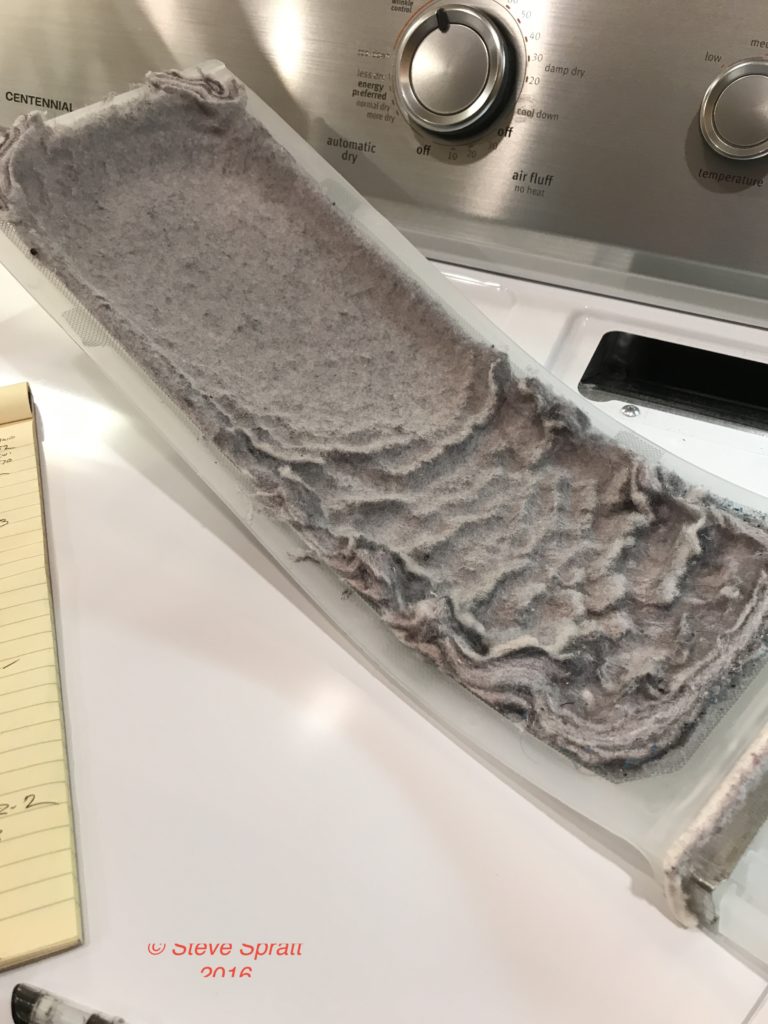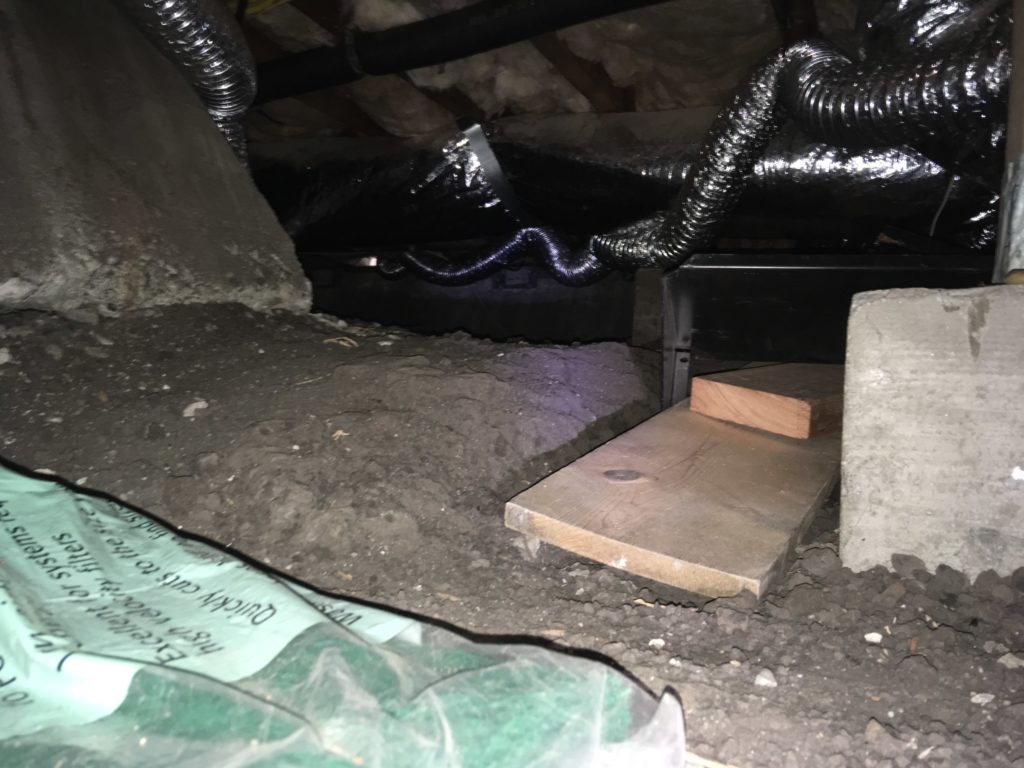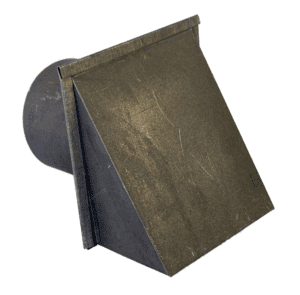Dryer Duct Maintenance Issues
Your dryer duct is probably not something that you think much about. And really you shouldn’t have to as it is permanently built into your home. Unfortunately, clogged dyer ducts are the reason for a large percentage of dryer failures, malfunctions and warranty calls. This happens because your dryer duct needs regular maintenance and is likely not getting any. Most homeowners either don’t know how or the duct has not been installed to allow proper service.
Here’s how the dryer duct works. Your dryer extracts moisture from your clothes during the drying process and pushes this moisture out of the dryer through the duct to the exterior. As this warm moist air passes through the duct, condensation will occur as it makes contact with the cold metal duct walls. See more about washers and dryers here.
If there are lint particles in the moist air, they will stick to and slowly build up on the inside of the moist duct walls. The lint screen in your dryer is designed to keep this lint out of the air stream. That is why it is so important to keep the lint screen clean and from getting damaged or clogged.

Even with proper cleaning of the lint screen, over the course of a year or so enough minute lint particles and dust will build up inside the duct to require service. The maintenance process includes pulling out the dryer, disconnecting the flexible duct connector hose, and then running a brush through the solid dyer duct all the way to the exterior of the home. This removes the lint from the duct walls and clears any blockages allowing the air to flow free again.
Proper ducting material
Proper built-in dyer ducting is made of smooth rigid metal, sealed air tight at all joints and with gentle curves at any bends. This is so cleaning brushes can slide through easily.
Flexible ducting used for this purpose is a code violation. Flex duct is not to be used for any built-in dryer vent ducting except for the final connection to the appliance. Code allows the total dryer ducts to be no longer than 14′ with two elbows. For vent lengths exceeding 14′ and 2 elbows, a dryer booster fan should be added.
At HPS we occasionally see cheap flexible ducting installed, especially in “flipped” homes. When we see it we recommend immediate replacement so that the duct can be properly maintained down the road. If you have flex in your home, you should replace it with rigid. Your local HVAC contractor can do this for you.
We sometimes also see dryer ducts that terminate in the attic or crawlspace. This is a code violation and it allows moisture and lint to a accumulate in those areas. Elevated moisture and humidity is exactly what mold loves and an open duct is always a nice place for rodents to take up residence. More than once we have found dead rodents in the dyer duct. This is not a good way to have fresh smelling clothes coming from your dryer.


Cleaning
Be sure to follow a regular service schedule so you don’t forget to do this. Download your monthly maintenance checklist for this month. Removing the dryer from its location is probably the hardest part of this exercise. Be careful not to damage the floor during the move.
Once out, you can clean the space behind and recover all those lost socks that went missing over the year. Use a flexible brush kit to thoroughly clean the entire length of the duct system from the dryer connection all the way to the termination on the exterior. You can use these brushes with or without a handheld drill. I recommend using the drill combined with a vacuum as shown in the video below. You can make a transition fitting like the one shown in the video for the vacuum and brush to work together from an ABS-Y fitting. Get the brush kit at Amazon here:
Check out this video on how to clean your dryer duct:
Summary
Inspect and make sure you have rigid ducting for your dryer, and have it cleaned at least once per year. Make sure you clean the dryer lint screen after every use of the appliance. Inspect the termination at the exterior and make sure the flapper closes securely and there are no shrubs touching. Rodents can use them as ladders into your dryer. Your dryer duct termination should look something like the one below and its should have a damper flap on the inside. Get one here from Amazon.

www.homepreservationmanual.com is the place to visit if you want information on: maintaining your home; how to improve air quality; ways to improve the real value of your home; what are the best housekeeping services; the problems with handymen services; how to plan and execute home renovation and home improvement projects; tips for spring cleaning; tidying up a messy house; and generally how to be a better homeowner.
Make sure you download your monthly maintenance checklistfor this month.







